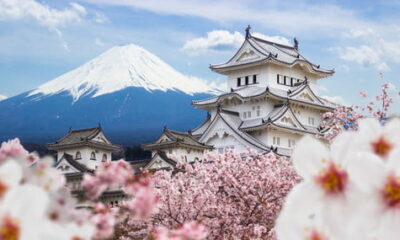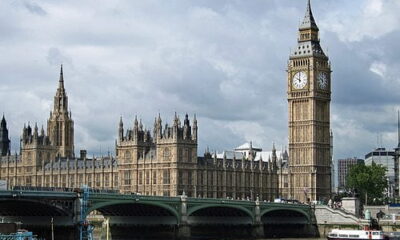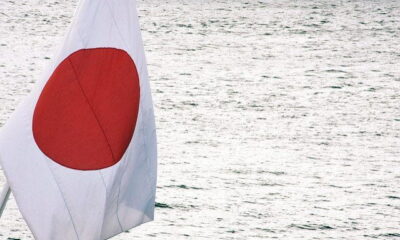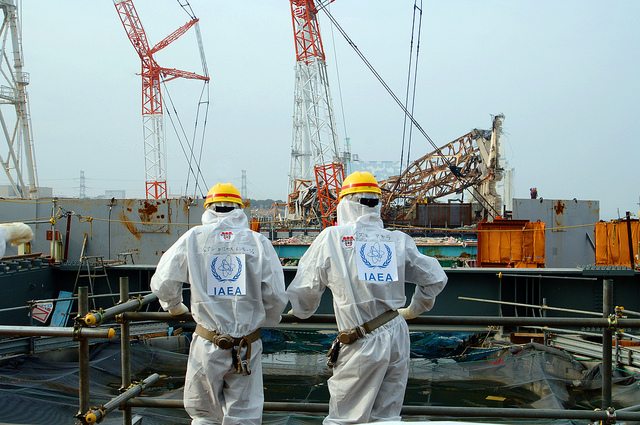
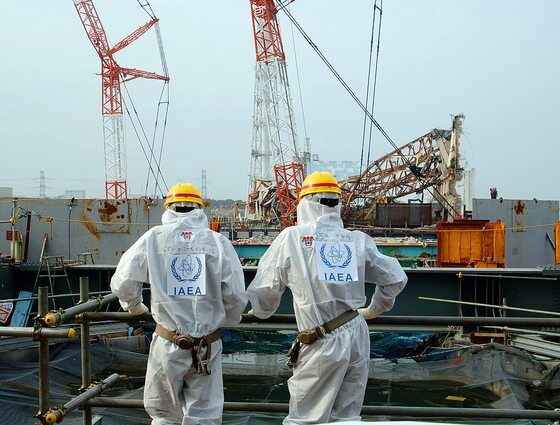
Energy
Doubts surround effectiveness of Fukushima Ice Wall
Starting construction last week and with a total cost of £185 million, doubts have now emerged regarding the effectiveness of a frozen barrier in containing thousands of tonnes of irradiated water at Fukushima’s nuclear reactors.
Made-up of 1,550 coolant-circulating pipes inserted 33 metres into the ground, the 1.5km (0.9 mile) underground wall will surround the perimeter of the damaged reactors. Coolant, set at -30C, will then be pumped into the pipes – freezing the surrounding earth.
The wall is meant to contain thousands of tonnes of irradiated reactor cooling water that has leaked out of the 3 damaged reactors – all of which needs to be de-radiated in order to prevent further contamination of drinking water from the surrounding hills.
Construction is intended to finish by March 2015, and the building process is currently on schedule under the plant’s operators Tokyo Electric Power (Tepco).
However, critics are not convinced of the effectiveness of the ice wall in preventing the contaminated water from escaping – as sealing off the four reactors is both costly and very risky – with fears of further problems if the plan is unsuccessful. Furthermore, the process is using technology that has never been used before – raising fears of unforeseen issues.
Dale Klein, former head of the US Nuclear Regulatory Commission and a senior adviser to Tepco, in an interview for Kyoto News, said, “I’m not convinced the freeze wall is the best option.
“What I’m concerned about is unintended consequences. Where does that water go and what are the consequences of that? I think they need more testing and more analysis.”
Concerns also surround the plant operators Tepco, who have consistently failed to properly contain the fallout of the nuclear power plants meltdown in 2011, due to a Tsunami.
The firm has also had problems freezing contaminated water – which is the same method being applied to the ice wall – raising further doubts over the levels of success the frozen wall will bring.
Photo source: IAEA via Flickr
Further Reading:
Tepco begin work on Fukushima ‘ice wall’ to contain water leaks
Radioactive water leak found at Fukushima nuclear plant
Thyroid cancer cases rise among Fukushima children – but link to nuclear disaster contested
Japan prefers coal over renewables for post-Fukushima energy mix


 Environment10 months ago
Environment10 months agoAre Polymer Banknotes: an Eco-Friendly Trend or a Groundswell?

 Environment11 months ago
Environment11 months agoEco-Friendly Home Improvements: Top 7 Upgrades for 2025

 Features9 months ago
Features9 months agoEco-Friendly Cryptocurrencies: Sustainable Investment Choices

 Features10 months ago
Features10 months agoEco-Friendly Crypto Traders Must Find the Right Exchange



